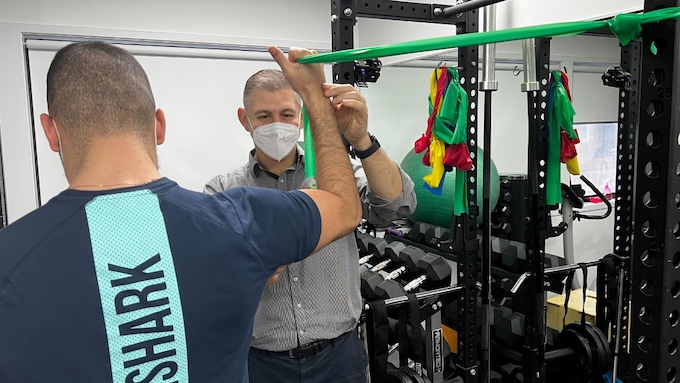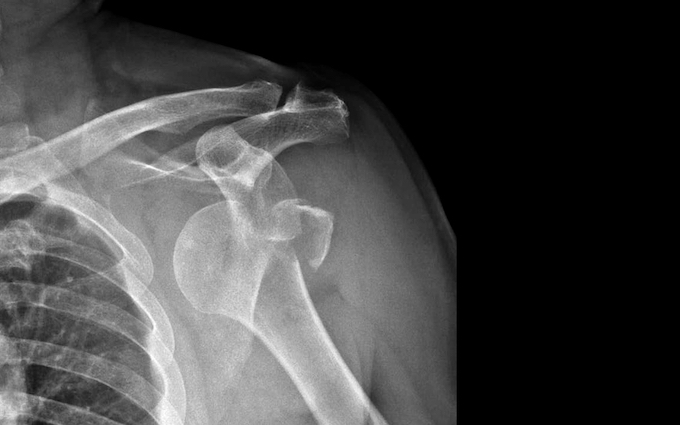The shoulder joint is the most mobile joint in the body and is comprised of the articulation between the scapula, humerus and clavicle. Due to its high degree of mobility, the glenohumeral joint is the most commonly dislocated joint in the body accounting for 50% of all major joint dislocations and makes up the majority of traumatic sporting injuries.
In 95-97% of cases a shoulder will dislocate anteriorly (Sherman, 2019) however, it can also occur posteriorly (2-4%) and will be a result of trauma or joint instability. The passive structures in the shoulder that help with stability include the labrum (cartilaginous tissue), ligaments (fibrous tissue) and capsule which all function to increase the joint articulation and prevent the bones moving beyond their available range.

In the shoulder, dynamic control is provided by the surrounding muscles, particularly the rotator cuff muscles (supraspinatus, infraspinatus, teres minor and subscapularis). These four key muscles are vital in stabilising the shoulder within its socket throughout all movements and to resist external forces that may cause a dislocation.
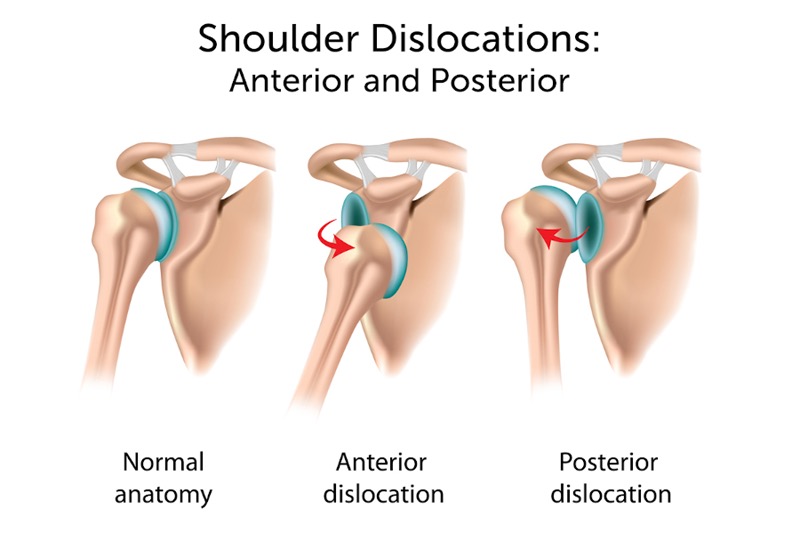
Risk Factors
- Overhead sports such as volleyball and baseball
- Contact sports like rugby, AFL, MMA and more
- Previous shoulder dislocation
- Males 15 – 25 years old
- Repetitive shoulder stress activities
- Joint hypermobility and ligamentous laxity
- Fall onto point of shoulder or onto outstretched arm
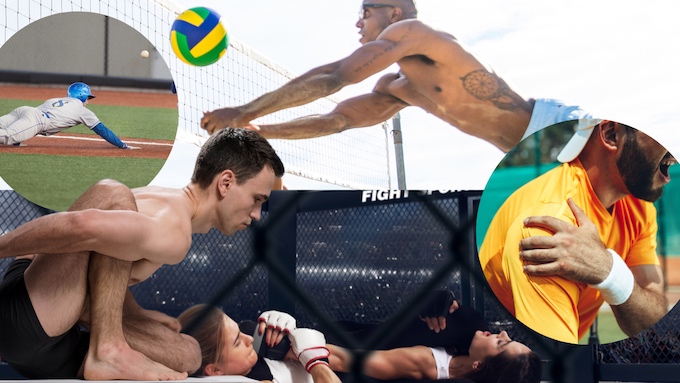
Mechanisms of injury (2 Factors)
1. Sprinting Injury Mechanisms:
– Acceleration
– Deceleration
2. Kicking Injury Mechanisms:
– Ball Contact
– Swing Phase
– Ground Contact Phase
Causes
Anterior dislocations are most common and involve the arm being forced into excessive abduction and external rotation leading to the humerus dislocating anterior to the scapula. It is usually as a result of contact sports or falling onto an outstretched arm. Often a shoulder dislocation is accompanied by soft tissue damage to the ligaments, rotator cuff muscles, joint capsule and labrum. In first time dislocations, a Bankart lesion may occur (82%) which is damage to labrum &/or glenoid bone, or a Hills-Sachs lesion (in 71% of cases) may be present which is an impaction fracture to the head of humerus.
The less common posterior dislocation usually occurs from direct trauma or falling onto an internally rotated and adducted arm.

Initial Management
- Seek immediate medical care and have the shoulder assessed and relocated if required (if it hasn’t popped back in itself). If it is still dislocated, presenting to the emergency department of a hospital isn’t uncommon, and a good place to be.
- X-rays: At a bare minimum, X-rays should be ordered to ensure no damage has occurred to the bones as well as to ensure good re-alignment and positioning after relocation.
- Immobilisation: Current evidence and guidelines support shoulder reduction (getting it put back in) as soon as possible followed by sling immobilisation for a period of time determined by the doctor & physio.
Evidence
Shoulder dislocations have a high rate of recurrence. Hovelius et al 2008 in a 25-year study found that 72% of 12-22 year old’s, 56% of 23-29 year old’s and 27% of those >30 years of age suffered subsequent dislocations after non-operative management.
Conservative vs. Operative Management. Jakobsen et al 2013 compared conservative management alone versus surgery plus rehab in first time traumatic dislocations. At 2 year follow-up, 54% of conservatively managed patients had recurrent instability compared to 3% in the surgery and rehab group. However, when deciding on management, Sachs et al 2011 states the strongest predictors to recurrent instability need to be considered:
- under 25 years,
- participation in contact sports,
- using arm above chest for occupation
It is important to remember conservative management is progressively more successful with age with Rehabil et al 2017 outlining a 6 week rehab protocol to attain full movement and strength compared to the unaffected side making physio rehab an essential component.
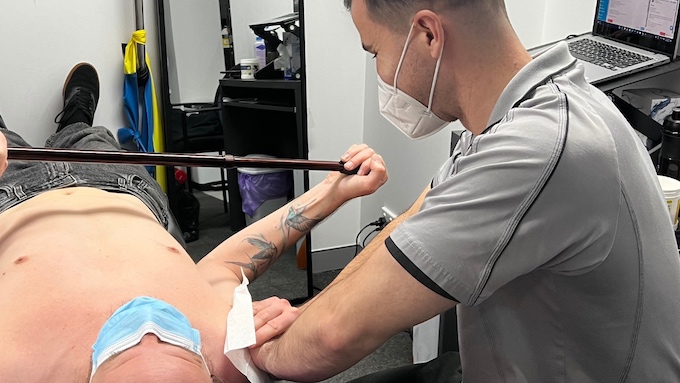
How Does Physiotherapy Help?
Once the shoulder is relocated and an x-ray is performed our physiotherapists can then provide a thorough assessment to determine if further imaging (MRI) and specialist referral is required. An MRI may be required to exclude any other soft tissue pathology such as a rotator cuff tear, labral tear, other muscle injury or ligament damage. X-ray/MRI also looks to exclude Hills-Sachs and Bankart lesions. Orthopaedic referral is indicated if instability is found on testing, or if a Hills Sachs or Bankart injury is found.
Initially physiotherapy helps to reduce pain, encourage ROM and prevent compensatory movement patterns whilst beginning rehabilitation for conservative management or in preparation for surgery. Soft tissue and manual therapy techniques are critical to help with overactive muscles acutely and to help restore movement. Initial exercises are focused on improving activation of the appropriate muscles around the scapula and glenohumeral joint, helping provide stability and control. The rehab program will progress to strengthening of the rotator cuff muscles and shoulder in general. We will use our AxIT strength testing equipment to assess and compare strength to the unaffected limb along the rehab journey, helping to guide progression of exercises, and this device can clinically indicate when a patient is ready to return to activity. As progress is made with rehab, more challenging and functional exercises are prescribed above head and with weight, progressing patients back to ADL/sport specific functional activities once appropriate. this may include gym training.
